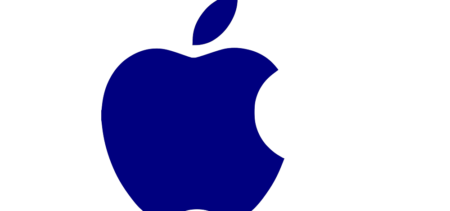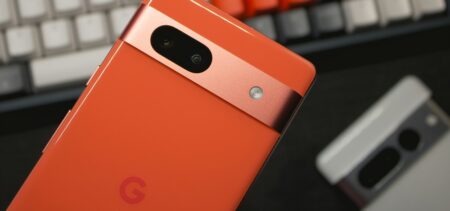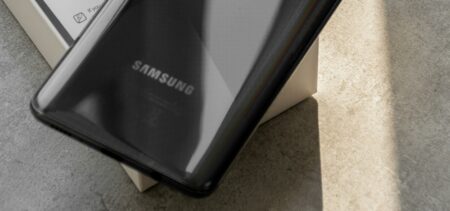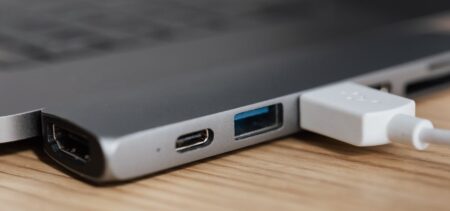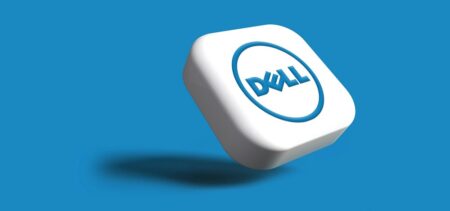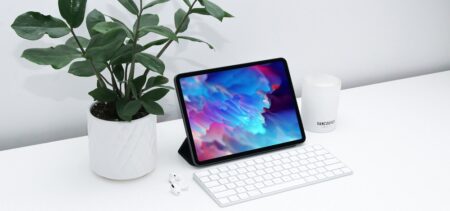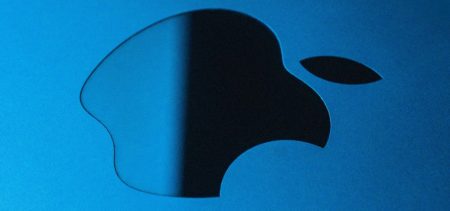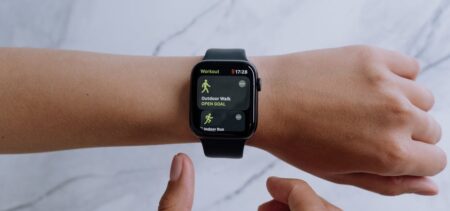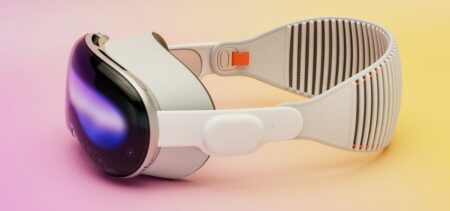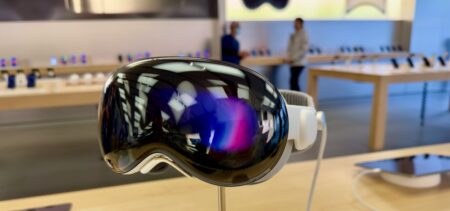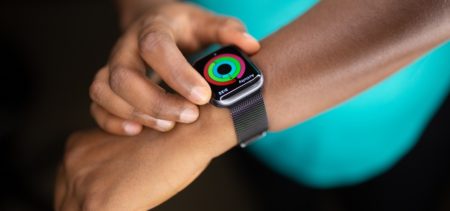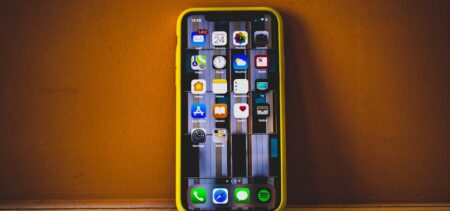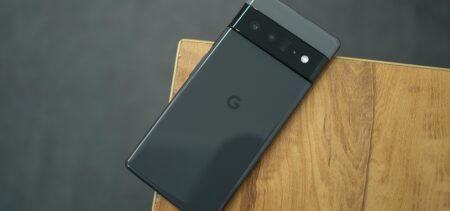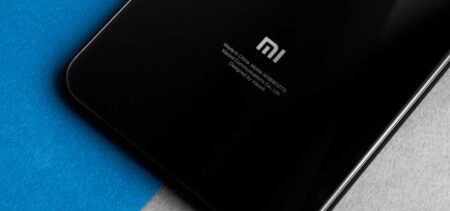The PC-on-a-stick (Stick PC or Compute Stick) concept features an entire operating system on a small device that has a reduced energy consumption. Basically, we are talking about a particular variety of the System on a Chip (SoC) concept, as it was the case with PandaBoard, launched in 2010.
Tiny and usually cheap, this kind of gadget appeared in many versions recently. But will it be successful enough to last? The concept is older and has targeted both individual consumers as well as enterprises looking to equip their employees with portable, inter-connectable operating systems.
The first PC-on-a-stick
Looking back into the history of stick PCs, we find the “PC on a stick flash drive” introduced by Lockheed Martin in 2010. Its main declared purpose was to act as a highly secure USB flash drive, enabling the user to securely use any computer by taking control from this portable mini boot system. The precise details were unclear, but, according to Endgadget, it featured “8GB of storage, and includes 256-bit encryption, built-in virus protection, and a variety of networking features“.
A year later, we find the tiny educational computer for kids dubbed “Raspberry Pi”, a “low cost, credit-card sized computer”, coming from the foundation with the same name. The device is further described as “a fully functional computer that’s as small as a USB stick and costs only $25 USD (£15) to make”. Invented by David Braben, this stick PC looked unappealing but did its intended job, as you can see in this DailyTech article. Its connectivity featured an USB port and it was able to handle OpenGL ES 2.0 and to output a 1080p movie to a monitor or TV screen.
The comeback of the PC-on-a-stick
2012 brings yet another slightly publicized version of the same concept, Tails (The Amnesic Incognito Live System). Presenting itself as a “generic memory stick/the new floppy/a clever piece of software”, Tails – the software on a stick boasted about giving the chance of navigating a foreign computer without leaving any trace and it featured a DVD burner and the ability of Internet downloading. It used “an operating system called Linux (!)”, featured built-in encrypted email and chat, as well as a full suite of editing software, among others.
Presently Tails still has its own product page and the same acronym, but it’s not about the device as it is about the software that works from either a DVD, a USB stick, or a SD card.
FXI’s Cotton Candy was another USB/HDMI stick coming from Norway in 2012. Its goal was to let the user connect to any desired display and turn it into a cloud client in order to “conduct presentations, access media content and surf the web without ties”. More like a single board computer that a PC stick, Cotton Candy still sells as “the only microcomputer that can be used with laptop and PC screens as well as HDMI displays and TVs”, although in 2014 FXI declared bankruptcy, according to Wikipedia. Their domain recently expired, but you can take a look at FXITech Facebook page here. The declared goal this time was to provide device connectivity in a small, portable piece of technology.
Shortly after, the MK802 appeared for Android computing, giving Cotton Candy some competition, especially price-wise. Although it lacked some features, like connectors or remote control, MK802t featured a USB Host, a Micro USB port and 802.11b/g Wi-Fi for connectivity.
2015’s PC-on-a-stick
This top dating July 2015 can give you an idea about the current situation of PC sticks.
In the “Available now” section, we have two Intel products – the iView Cyber PC Compute Stick ($149) and the Intel Compute Stick ($149), and also the sturdy no-so-much-stick looking Tronsmart Mk908II ($59). Its connectivity is ensured by Wi-Fi and Bluetooth and it has a USB 2.0 port and a Micro SD card reader.
Informally dubbed HDMI dongles now and described as being “around for a few months”, these new generation PC sticks seem to have started anew. The Intel Compute Stick is the first of this new wave of PC sticks on the market.
“Coming soon” Asus, Archos and Lenovo sticks have since been launched. Let’s see some of their features and the way users have received these gadgets.
Gizmodo compared the Asus VivoStick with the $150 Intel Compute Stick and declared the VivoStick a definite winner. The Verge recently evaluated the same VivoStick with positive results – and we know now it costs $129. The Asus device also features Intel graphics, but it mimics a standalone computer system. It still isn’t publicly available yet. Another article about it – here, on TechSpot. Oh, and it comes with Windows 10! For connectivity: Bluetooth 4.0 and 802.11n Wi-Fi support, 2 USB ports and a headphone jack.
Archos also comes with a Windows 10 pre-loaded PC stick – tiny in size and tinier in price that its competition ($99). See the specs here. As for the release date, it’s still TBA, as is the case with Asus. Expected somewhere at the end of July, the device is still only available for pre-order on Amazon, but the price in Euro is higher than previously advertised (€ 149.99 instead of € 119.99).
Lenovo unveiled its PC on a stick in July 2015, the Ideacentre Stick 300, aimed at the “computing needs of travelers, business people and families”. It starts at $130 at it also powered up by Windows 10. Connectivity-wise, the device offers Wi-Fi and Bluetooth 4.0, a HDMI port, a MicroUSB 2.0 port and also a SD card reader.
Another Stick PC from 2015 would be the iBall Splendo, launched in June, but runs Windows 8.1, which is a downside. Its price would be about $140. Microsoft offers Splendo with in-built USB and Micro USB peripherals, Bluetooth 4.0 and a MicroSDXC card slot.
Will it stick?
As we’ve seen, the PC sticks have moved on from a James Bond-based marketing idea to the concept of taking a mini OS to any desired screen, on the go. As long as the mobile OS-s don’t feature easy ways to control external screens, stick PCs are destined for an usability niche that remains unoccupied. The concept is practical, yet the various PC sticks are not distinguishable enough from one another. The idea of providing employees tiny mobile operating systems instead of laptops or tablets for various situations, including remote working or out-of-the-office tasks has its advantages: a preset system loaded with the chosen software, portability and connectivity might improve cyber-security and mitigate the BYOD risks. But would this be enough to motivate the usage of stick PCs as an alternative to other devices – especially that they depend on peripherals to actually function?
How about a critical view? You can check the counterarguments here, in an article that disputes both the traveler and the business professional target type of these devices. The main objections would be that such sticks are easy to loose and impractical from the data storage point of view, and they lack flexibility.
The PC on a stick trend is still actual nonetheless – provided they feature a strong configuration in a user-friendly, smoothly designed device, at a reasonable price, and it is still to be decided whether they will stick or fall into the pit of “could have been” technical trials.


